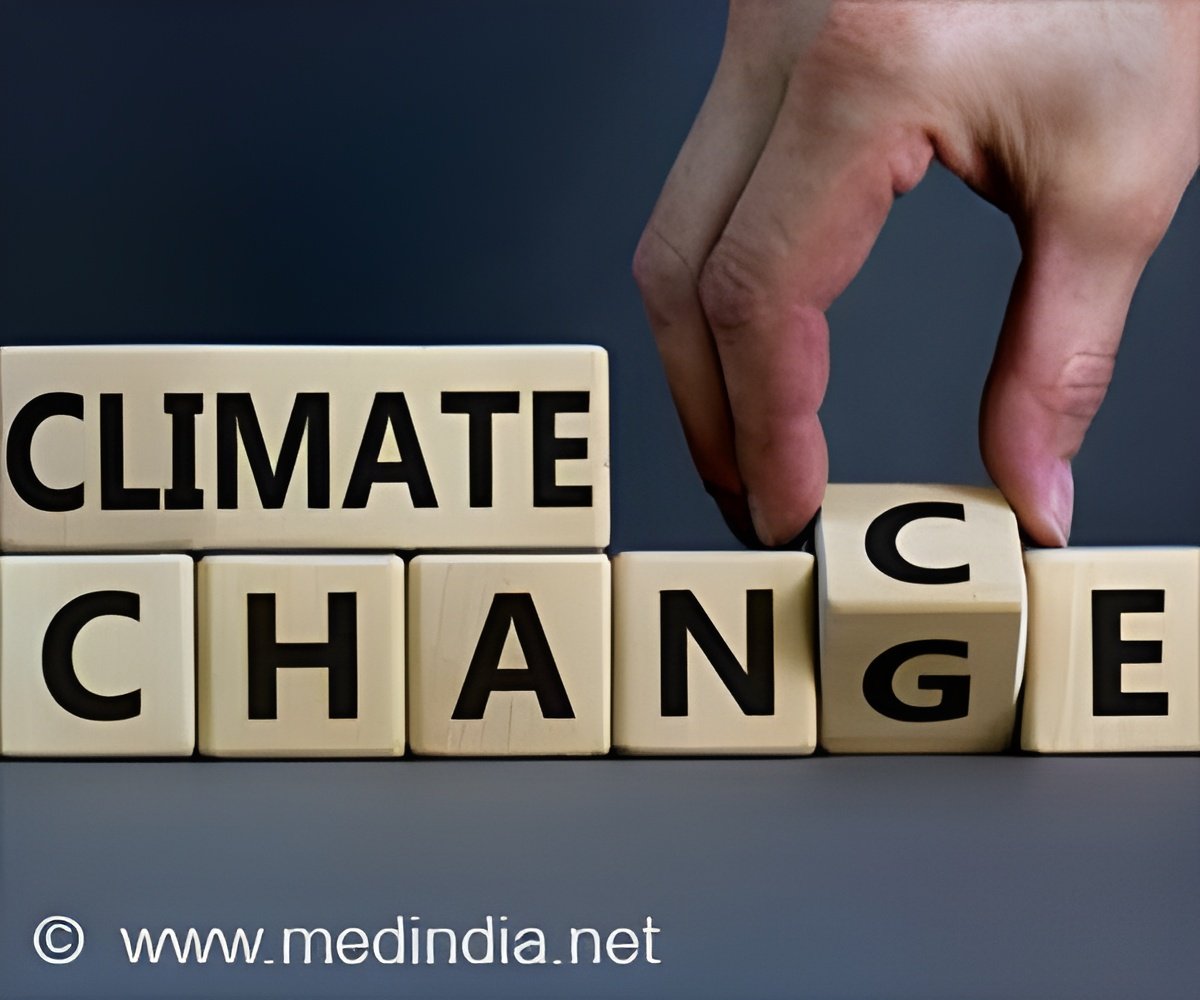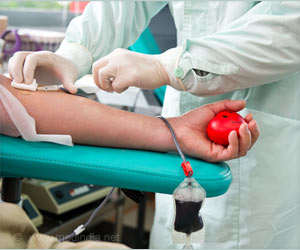Climate change could jeopardize global blood donation and supply chains.

Climate change could threaten blood supply by altering the distribution of vector-borne disease: an Australian case-study
Go to source).
‘Did You Know?
Rising temperatures and extreme weather may lead to life-saving blood shortages worldwide.#climatehealth #medindia’





Rising temperatures and extreme weather may lead to life-saving blood shortages worldwide.#climatehealth #medindia’
Advertisement
Climate Change and the Threat to Blood Donation and Supply
Climate change isn’t just an environmental issue—it’s a healthcare emergency. With rising temperatures and more frequent disasters like cyclones and floods, the systems we rely on to collect and store blood are under pressure. These events can halt donations, damage storage facilities, and severely delay transportation. The short shelf life of blood products makes these disruptions dangerously impactful.Advertisement
Disease, Demographics, and Deman
Warmer, wetter climates are fueling the spread of mosquito-borne diseases like Dengue and Malaria, making more people ineligible to donate. At the same time, conditions that require transfusions - such as pregnancy complications and cardiovascular issues—are on the rise. Climate-driven migration is also shifting demographics, creating urgent needs for more ethnically diverse blood donors. The gap between demand and supply is growing fast.Solutions, Innovations, and the Need for Adaptability
The study urges a shift from traditional blood systems to more flexible, climate-resilient models. Emerging solutions include drone blood delivery, on-site “walking blood banks,” and advanced surgical techniques to minimize blood loss. Governments and healthcare services must invest in disease surveillance, donor flexibility, and mobile collection centers to stay ahead. Adaptability will be key in a climate-challenged future.Reference:
- Climate change could threaten blood supply by altering the distribution of vector-borne disease: an Australian case-study - (https://pubmed.ncbi.nlm.nih.gov/20052315/)
Source-Australian Red Cross Lifeblood













